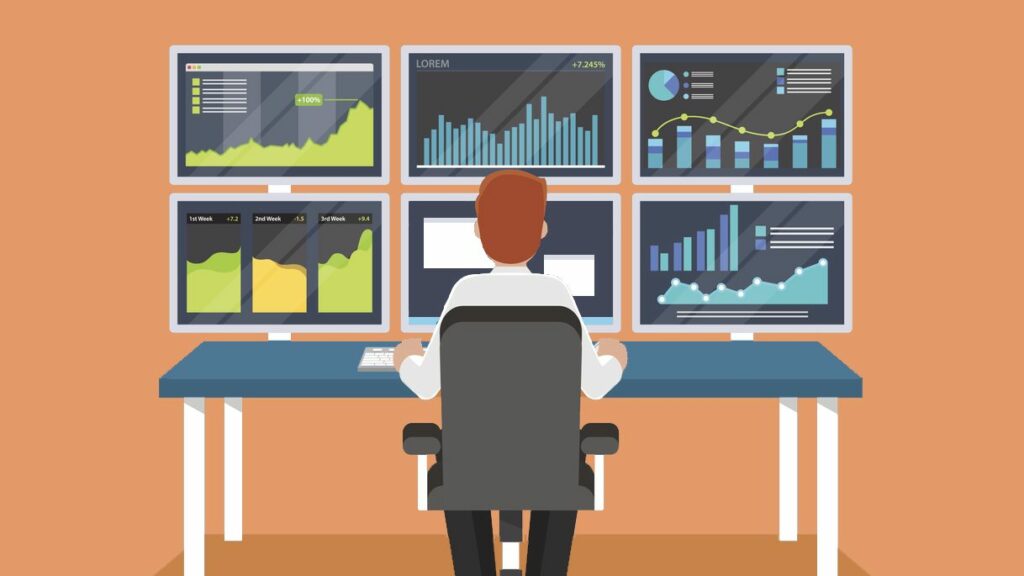Remote Monitoring and Management (RMM) is a set of Information Technology (IT) tools that are installed into client workstations and servers. RMM tools gather information on installed applications, hardware performance, manage patching schedules and reporting, as well as sending activity reports to the service provider, allowing them to resolve issues proactively.
Managed Service Providers charge a flat rate per agent deployed to monitor and respond to problems, provide patch reporting, and help plan for hardware refresh, warranty work, and vendor management. By employing an RMM tool, MSP’s maintain valuable visibility into their client’s networks enabling them to respond proactively to emerging issues, prevent some issues from causing outages, and resolve others remotely.
RMM tools and system management are often paired with Helpdesk services to allow for businesses to operate their IT infrastructure with peace of mind knowing hardware and people issues have someone to turn to for help.
Source: Techopedia, Continuum, Trapp Technology
Additional Reading: How Remote Monitoring and Management Helps Companies During Coronavirus
Related Terms: Remote Desktop Protocol (RDP)
What does this mean for an SMB?
Using RMM tools can be very beneficial for any business, but especially those that may not have an IT team. Employing RMM tools helps ensure client systems are working properly. According to Trapp, on average, businesses experience 87 hours of downtime each year due to technology issues. The newest RMM tools can proactively remediate certain failure points on a system, alert engineering for a permanent fix, and avoid an outage. RMM tools help reduce downtime, proactively monitor system and network performance, protect against threats, reduce infrastructure costs, provide an inventory management solution, and improve business productivity.
RMM Advantages:
- Reduce Downtime. Downtime is a huge threat to businesses. It can lead to significant financial losses and brand damage. RMM services can help identify IT issues for resolution before an outage occurs.
- Security. RMM tools monitor systems and patch them protecting against emerging threats and some attacks. With the inventory nature of RMM Tools, businesses can replace end-of-life (EOS) hardware or end-of-support (EOS) software proactively and authoritatively. So many businesses just don’t know all the equipment they have and the risks unpatched, unmonitored systems can introduce.
- Reducing Costs. Hiring your own staff to manage your hardware, software, and administrate and maintain systems can cost a significant amount of money. Add to this the isolation of the loan IT support engineer, and you might not be getting the best out of your IT infrastructure. An MSP and their RMM tools can help you reduce costs by having a professional bench of IT professionals working together 24x7x365 to maintain and manage your systems at a predictable monthly rate, for a fraction of the cost of an Full Time Employee.
- Maintenance. RMMs control system maintenance, installing security updates, and reporting on system health and performance. Under-powered systems can be identified and resources added to effectively handle your workloads.
- Productivity. One of the primary bi-products of an RMM tool is improved productivity. By ensuring downtime is minimized and systems are properly sized and maintained, your IT will “just work“. When novel problems arise, a team of professionals can remotely connect with your systems to provide immediate support when its needed.

